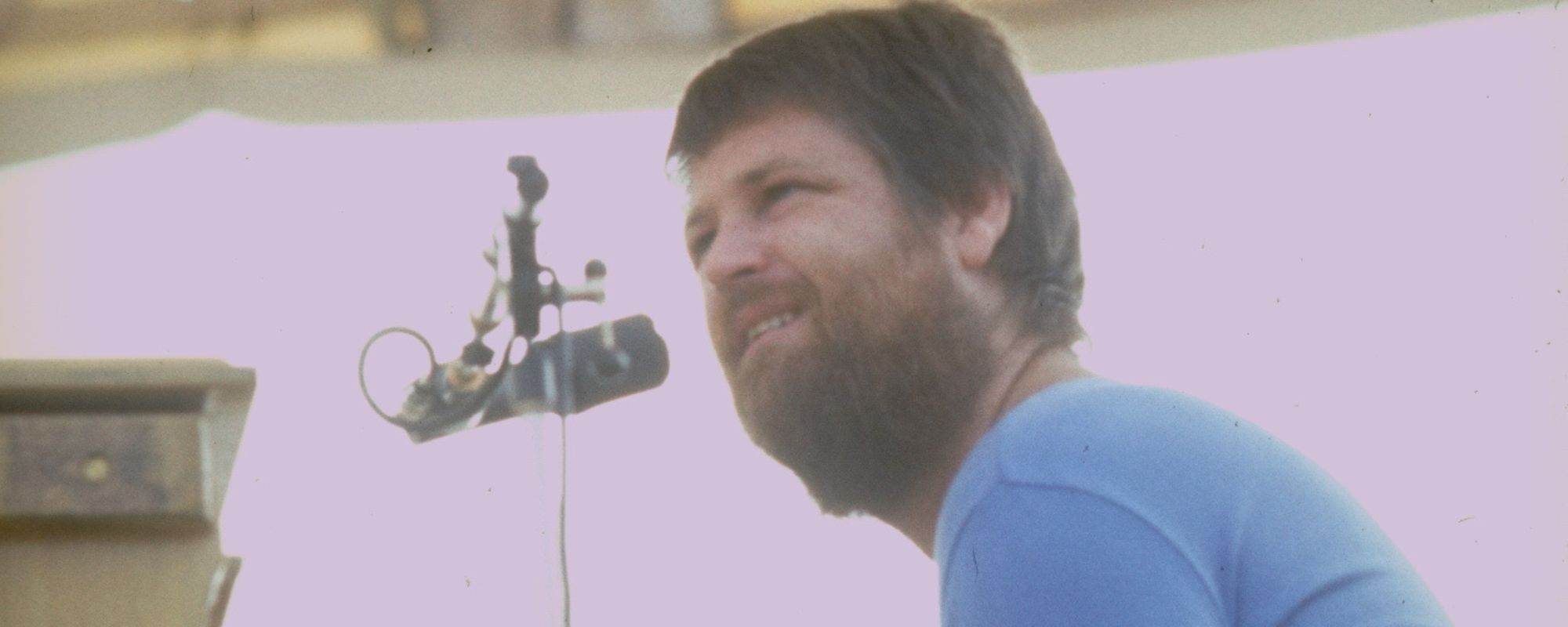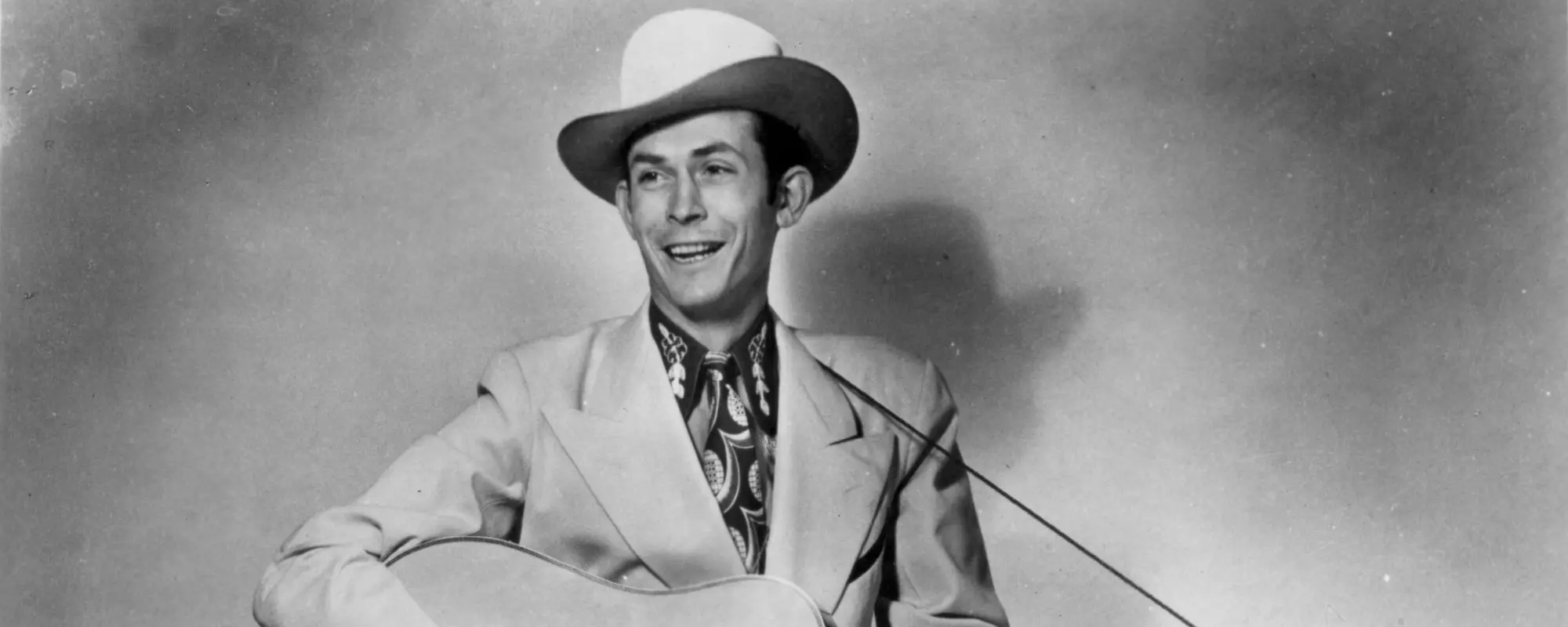Album-length dissections of a difficult breakup weren’t all that unusual in the music world once Bob Dylan cracked open the idea with Blood on the Tracks in 1975. Troubadours from that point forward devoted a couple of sides of music at a time to the topic with regularity.
Videos by American Songwriter
But nobody saw such an undertaking coming from Beck, whose early career was distinguished by irreverent genre-mashing, bizarrely comic lyrics, and frenzied onstage dance moves. Not only did he tackle the breakup album on Sea Change, he darn near perfected it.
Change in the Works
Beck Hansen hit the new millennium on top of the music world. Melding hip-hop beats with dusty folk, when he wasn’t delivering his take on old-school funk, he took singer/songwriter tropes and scrambled them in a blender. Critics fell all over themselves in praise of his daring, and he even coaxed a hit single or two out of the process.
In terms of the musical style of Sea Change, Beck had hinted he could go the more traditional words-and-melody route in the past on albums like One Foot in the Grave and Mutations. However, his lyrics on those records tended to the opaque, even as somber melodies hinted at deeper wells of emotion.
On Sea Change, those emotions came burbling to the surface. Only this time, Beck’s lyrics weren’t trying to couch any of the hurt or sorrow he felt. The catalyst was the deterioration of a long-term romantic relationship, apparently caused by the infidelity of the other party.
Beck teamed up with producer Nigel Godrich, with whom he’d collaborated many times before. This time around, the pair settled on a heightened folk style. It’s not exactly a spare record, as orchestrations courtesy of David Campbell, Beck’s father, lend touches of alt-country, psychedelia, and baroque pop.
The songs are ultimately what recommended Sea Change to listeners. Beck’s willingness to open himself up for the world to hear couldn’t have been an easy decision, especially in the wake of the breakup. But the end result was a record many people rank near the top of his catalog, if not at the absolute peak.
Revisiting the Music of Sea Change
Unlike other breakup albums you might know, Sea Change never feels like it’s wallowing. That’s because the music keeps adding surprises to the mix. Check out the way the revamped “It’s All in Your Mind,” originally released by Beck as a single in 1995, turns into a lush pop fit here that’s reminiscent of early ‘70s pop maestros like Emmitt Rhodes or Todd Rundgren. Or the way “Guess I’m Doing Fine” soars into a classic country weeper vibe.
Sea Change, while thematically linked, doesn’t try to sustain any kind of narrative. That allows for departures like the mystical “Sunday Sun” to enter the picture. But the music always aims for evocative and contemplative rather than bold and showy. It’s how you can tell Beck’s calls for a “Golden Age” to begin are going to go unheeded.
The album never falls into the trap of getting involved in the blame game, and there’s never a point where you feel like specific events are being retold. It all helps songs like “Lost Cause” and “Lonesome Tears” feel universal, applicable to the heartaches of the listeners as much as the creator.
The album signs off with the quietly reflective “Side of the Road,” the narrator left to start anew because there’s nothing left: Kick an empty can / Across an empty room. Sea Change couldn’t have been more aptly titled as it related to Beck’s approach, even as it proved his artistic brilliance would follow him to even the most desolate locations.
Photo by Bill Tompkins/Getty Images













Leave a Reply
Only members can comment. Become a member. Already a member? Log in.